Andy Williams, often lovingly dubbed “Mr. Christmas,” is an iconic figure in holiday music. While his Christmas songs are undeniably beloved and a staple in many households during the festive season, his musical legacy extends far beyond jingle bells and festive cheer. This exploration delves into the rich tapestry of Andy Williams Songs, celebrating not only his Christmas contributions but also his broader impact on popular music, ensuring a comprehensive understanding for both longtime fans and new listeners alike.
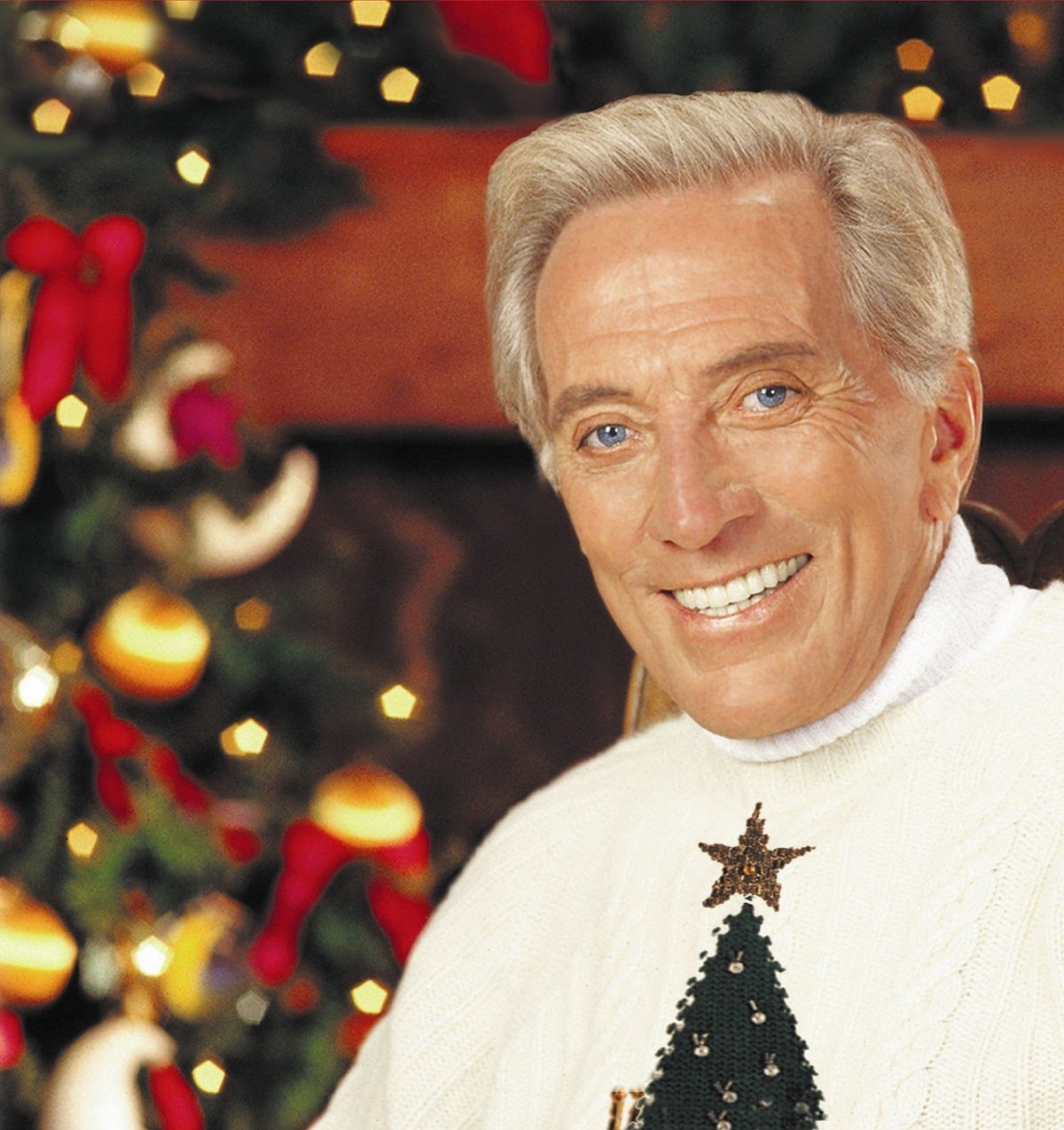
Like many, my early exposure to Christmas music was steeped in the classics of Elvis Presley and Bing Crosby. These legendary voices were, in my mind, the quintessential sounds of Christmas, the only soundtrack one truly needed for the holidays. While my family’s traditions still hold these artists dear, my musical horizons have broadened over the years, embracing a wider spectrum of artists who have contributed their voices to the Christmas spirit. It became apparent that many musicians shared a deep affection for the holiday season, returning to it time and again through their music, shaping the way generations celebrate. Just as Crosby and Presley resonated with me, artists like Perry Como from Canonsburg and Howard Andrew Williams from Wall Lake, Iowa, have touched countless others. Andy Williams, in particular, earned the moniker “Mr. Christmas” for good reason.
Similar to Crosby, Andy Williams cultivated a career-long relationship with Christmas music, unlike Presley whose Christmas output was less frequent. A pivotal element in Williams’ Christmas music dominance was his television variety program, The Andy Williams Show. Unlike many performers who gained fame and then received a TV show, Williams’ television journey began concurrently with his rise as a recording artist. The Andy Williams Show premiered on September 27, 1962, featuring Peggy Lee as the inaugural guest. By this time, Williams had transitioned from Cadence Records to Columbia Records, having released a few albums and singles on the new label. Interestingly, my personal favorite Andy Williams album, Warm and Willing, coincided with the show’s debut month. Although “Moon River,” his signature song from Breakfast at Tiffany’s, had already been recorded and performed at the Oscars earlier that year, The Andy Williams Show significantly boosted his growing fame. Running until 1971, the show hosted a dazzling array of guest stars. However, the December Christmas specials were eagerly anticipated, largely due to the heartwarming presence of Andy’s family, who became regular Christmas guests. Williams himself described the Christmas shows as deliberately more relaxed and sincere compared to the usual high-production, star-studded episodes throughout the year. This “laid-back,” family-oriented approach resonated deeply with audiences watching at home, fostering a genuine connection.
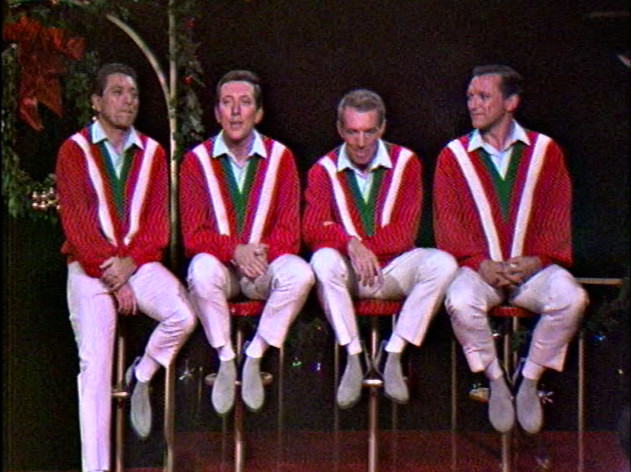
Andy Williams’ journey in show business began as the youngest member of the Williams Brothers quartet. Bob, Don, Dick, and Andy initially sang on the radio before relocating to Hollywood. Their early successes included singing on Bing Crosby’s Oscar-winning track “Swinging on a Star” and appearances in four films. A contract with MGM to feature in Anchors Aweigh and Ziegfeld Follies was unfortunately cut short when Bob was drafted in 1945. Entertainer Kay Thompson recognized the brothers’ talent and formed a nightclub act with them. Their Las Vegas debut in 1947 was a sensation, quickly establishing them as one of the highest-paid nightclub acts globally. After the act disbanded in 1951, the brothers pursued individual paths. While his older brothers opted for less prominent roles or left the entertainment industry, Andy found his way to Cadence Records, marking the start of his solo popularity. In late 1961, Andy Williams signed with Columbia Records, embarking on a career trajectory with few parallels.
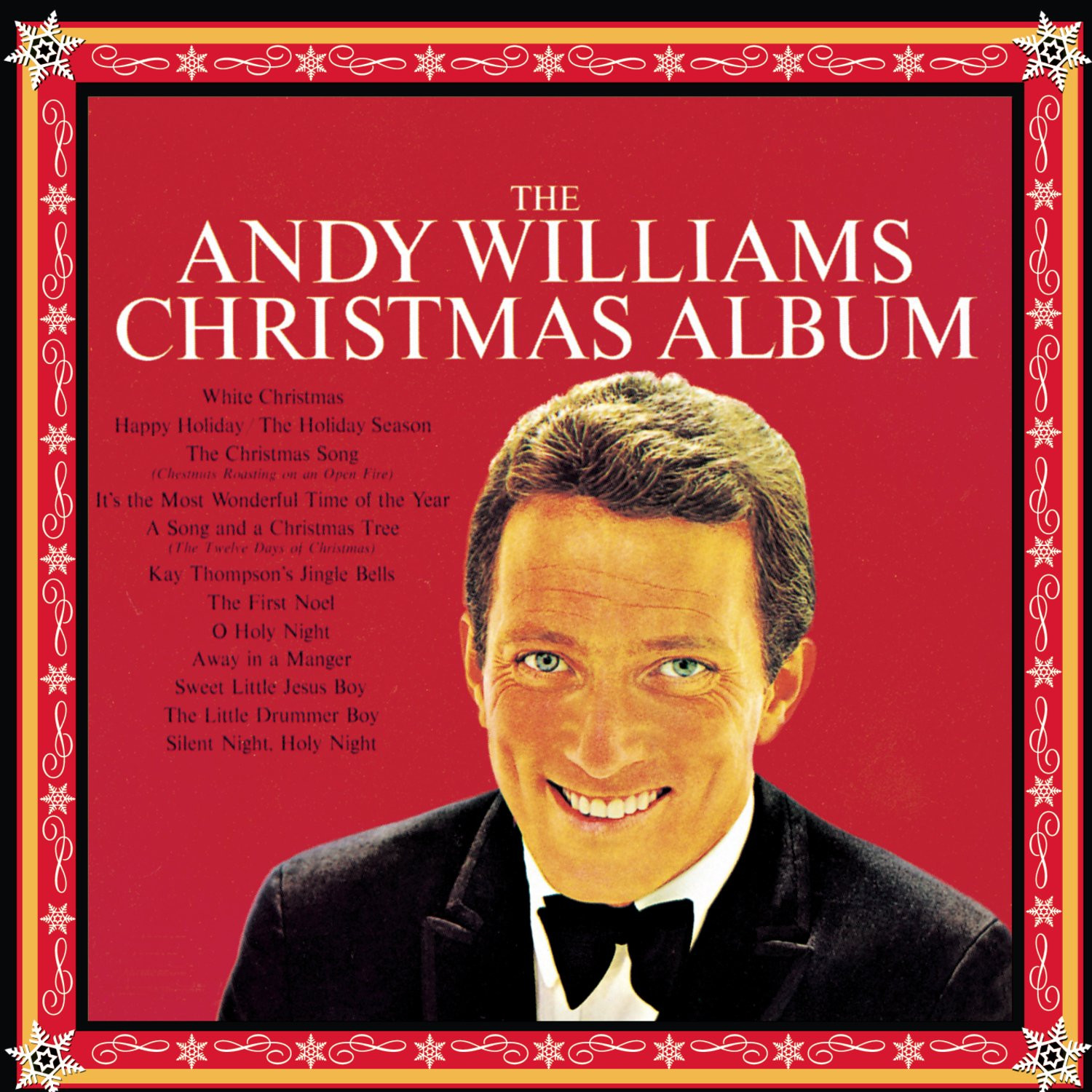
The Andy Williams Christmas Album (1963): Much like Perry Como, Andy Williams possessed a vocal warmth that naturally complemented Christmas music. This was evident from his inaugural Christmas album on Columbia, released in October 1963. This album alone is a significant landmark in Christmas music history. Williams immediately established his Christmas music credentials by opening with Irving Berlin’s timeless “White Christmas.” This provides an opportunity to acknowledge Robert Mersey, a Columbia Records house arranger and producer who had previously collaborated with Williams on Warm and Willing. Inspired by Frank Sinatra’s successful collaborations with arrangers, I recognized the crucial role of musical arrangements. The “settings” provided to a vocalist can significantly impact a recording, enhancing the overall effect. Think of Sinatra and Riddle, Johnny Mathis’s ballads enriched by Percy Faith, or Nat King Cole’s Love is the Thing with Gordon Jenkins’ strings. Robert Mersey clearly understood Andy Williams’ voice, crafting delightful arrangements for this album, starting with “White Christmas.”
This album also allows us to discuss Kay Thompson, a remarkable figure who mentored the Williams Brothers. Thompson was a versatile talent: singer, performer, songwriter, vocal coach, choreographer, and author, notably creating the Eloise children’s books. She shaped the Williams Brothers’ atomic nightclub act. Thompson ingeniously added her “Holiday Season” segment to Irving Berlin’s “Happy Holiday,” debuting “Happy Holiday/The Holiday Season” at the Hollywood Bowl in 1945. She created a seasonal gem, a perfect prelude to beloved Yuletide festivities.

Andy’s rendition of “The Christmas Song (Chestnuts Roasting on an Open Fire)” is exceptional, rivaling Nat King Cole’s definitive version. Again, Mersey’s orchestration deserves credit. “It’s the Most Wonderful Time of the Year” is perhaps Andy Williams’ most significant contribution to the Christmas canon. George Wyle, composer and vocal director for The Andy Williams Show, wrote this song for Andy’s second Christmas special. Covered by countless artists, it’s a seasonal anthem, celebrated for its lyrics capturing the excitement of the season and Andy’s exuberant delivery. In 2017, “It’s the Most Wonderful Time of the Year” reached Number 34 on Billboard’s Hot 100, solidifying its status as a contemporary Christmas standard.
Similar to “Happy Holiday/The Holiday Season,” Thompson premiered her “hot new arrangement” of “Jingle Bells” with “rip-roaring harmonics” at the Hollywood Bowl in 1945, and “Kay Thompson’s Jingle Bells” became a sensation. While their personal relationship is a complex story for another time, Williams included two of Kay’s songs on his debut Christmas album as a gesture of reconciliation after their romantic relationship ended.
With a vibrant first side and a carol-filled second side featuring Williams’ renditions of “O Holy Night” and “Silent Night, Holy Night,” The Andy Williams Christmas Album is a perfectly crafted Christmas record. The first side alone is essential for the season. Its success is undeniable: for eleven years (1963-1973), Billboard published an annual Christmas Albums chart, and The Andy Williams Christmas Album topped it for the first three years, consistently charting within those eleven years. Even in 2018 and 2019, it reappeared on Billboard’s Hot 100 albums chart. Like Bing Crosby, Andy “got it right” on his first attempt, creating a timeless classic, though he continued to release quality Christmas albums throughout his career. A minor drawback of the original release was the absence of liner notes on the album jacket.
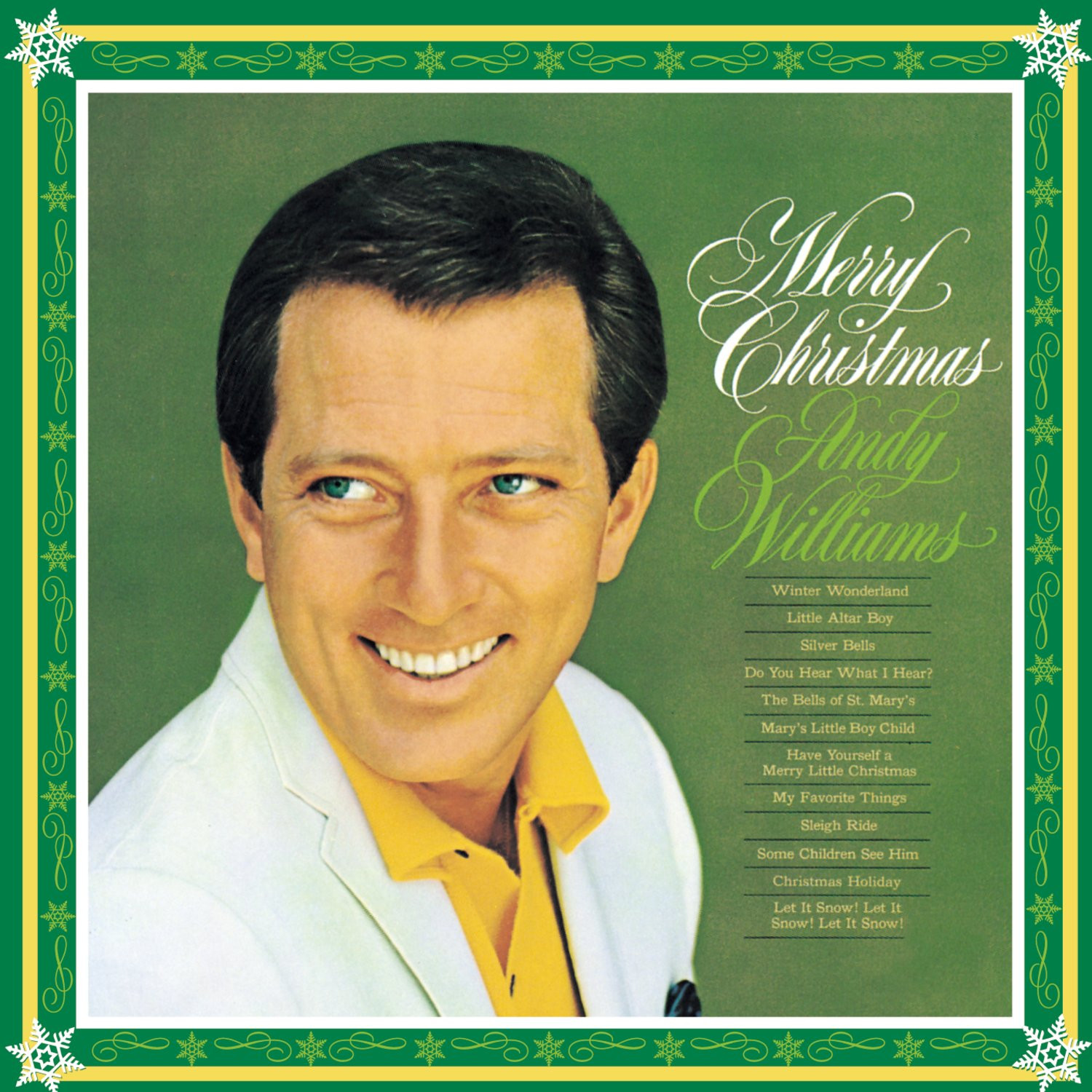
Merry Christmas (1965): While it’s easy to view Andy’s second Christmas album as secondary to his landmark debut, it stands strong on its own merit. Robert Mersey’s arrangements again shine. He demonstrates the ability to refresh familiar Christmas songs without drastically altering their essence. His “Sleigh Ride,” the opening track, exemplifies this. Mersey adds a buoyant string arrangement and a jingling vocal chorus, creating an upbeat sonic sleigh ride with Andy. “Giddy-up, giddy-up, giddy-up, let’s go!” followed by joyous brass, is perfectly executed with a well-placed key change.
A tender “Have Yourself a Merry Little Christmas” and a tasteful “Let It Snow! Let It Snow! Let It Snow!” follow. Herb Alpert and the Tijuana Brass offer a more mellow, fireside version of “Let It Snow,” but Andy and Bob Mersey’s rendition captures a different kind of warmth. “Christmas Holiday,” a charming waltz by Craig Vincent Smith, who also penned “Salesman” for The Monkees, feels uniquely Andy’s.
Similar to his first album, Merry Christmas features a secular Side One and a carol-laden Side Two. Williams delivers a particularly moving “Silver Bells.” Equally popular, Merry Christmas charted for six consecutive years on the Christmas Albums chart, reaching number one in 1966 and 1969. Andy Williams waited almost a decade for his next Christmas album, a period of musical evolution, and his approach evolved as well, resulting in something truly unique.

Christmas Present (1974): The 1970s sound, reminiscent of soft rock bands like Bread, subtly influences Andy’s third Christmas album. The title track’s light wah-wah guitar and “O Come All Ye Faithful”‘s acoustic guitar intro are examples. Released between his The Way We Were and You Lay So Easy on My Mind albums, Christmas Present reflects his soft rock leanings, particularly on tracks like “What Child Is This.” While some might criticize Williams for covering Top 40 soft rock, his “Williams Touch” perfectly suits these Christmas songs. This album is one of gentle perfection. Recorded when he was almost 48, Williams’ restrained vocals caress these 13 songs. His delivery on “O Come All Ye Faithful,” the elongated “Gloria” in “Angels We Have Heard on High,” and the final note of “Ave Maria” on Side Two are examples of vocal perfection.

Ernie Freeman’s arrangements are as crucial to this album’s success as Robert Mersey’s were to the earlier albums. Freeman’s versatility is remarkable, transitioning from rock and R&B beginnings to arranging for major vocalists of the 60s. His performance with the Ernie Freeman Combo on “Mountain Greenery” from Capitol’s Cocktail Capers compilation is a personal favorite. Freeman arranged Sinatra’s iconic “Strangers in the Night” (a Grammy winner) and Dean Martin’s “Everybody Loves Somebody.” He also arranged for Connie Francis, Johnny Mathis, Petula Clark, and became musical director at Frank Sinatra’s Reprise Records. Throughout the 60s, Freeman arranged for almost every Snuff Garrett production. Before retiring, he contributed string arrangements to Simon and Garfunkel’s Bridge Over Troubled Water (another Grammy). Freeman and Williams are in perfect sync here. Listen to the string work at the end of “Joy to the World” and the arrangement for “Angels We Have Heard on High.” The oboe in “Hark! The Herald Angels Sing?” adds another layer of beauty. It’s a wonderful, though unfortunately, harder-to-find album.

I Still Believe in Santa Claus (1990): Andy’s first three Christmas albums are essential; subsequent ones are pleasing additions. This 1990 Curb Records album exemplifies this. His voice remains strong, the backing tracks are traditional, and the album is pleasant. Adding new songs to the Christmas canon is commendable, though risky. Harry Connick Jr. excels at this, but new Christmas songs often fade into obscurity. However, without the effort, we wouldn’t have classics like “Santa Claus is Back in Town.”
Williams takes a chance with “The Christmas Vow (This is My Promise),” a pleasant song based on a Hawaiian melody by Charles E. King. King, a Hawaiian composer and legislator, is known for “Ke Kali Nei Au (Waiting There for Thee),” or “Hawaiian Wedding Song.” “The Christmas Vow” is a nice song, though its lasting impact is debatable. The same applies to “Christmas Needs Love to Be Christmas,” which Williams debuted on this album, hoping it would become a Christmas staple. While sincere and easy to listen to, it hasn’t become a standard, though Juice Newton covered it in 2007. I Still Believe in Santa Claus also features fine versions of “Blue Christmas” in its country setting and a relaxed “Santa Claus is Coming to Town” with a children’s chorus. The children’s chorus hints at the album’s likely inspiration: Andy becoming a grandfather. This album is primarily for completists. The medley of “When You Wish Upon a Star” and “Toyland,” and the closer, John Lennon’s “Happy Xmas (War is Over),” are less successful. “What Are You Doing New Year’s Eve?” would have been a better closer.
Production is by Michael Lloyd, known for the Dirty Dancing soundtrack and work with the Osmonds. Ken Thorne, who arranged Andy’s previous Christmas album and worked with Bing Crosby, handled the arrangements. This album marked Andy’s collaboration with Mike Curb’s Curb Records.
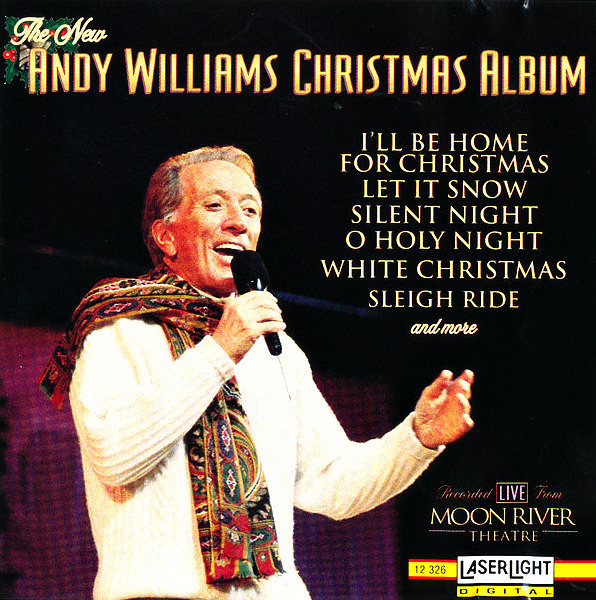
The New Andy Williams Christmas Album (1994): This album represents Andy’s Branson, Missouri, era. In 1991, his brother Don, managing Ray Stevens, suggested Andy open a theater in Branson. The Moon River Theatre opened the following year, the first in Branson not featuring country music. Like his TV show, Williams staged annual Christmas shows in November and December with special guests.
The New Andy Williams Christmas Album captures the live theater experience. Guests include the Osmonds and Lorrie Morgan. Andy’s father discovered the Osmonds, and they frequently appeared on The Andy Williams Show. Lorrie Morgan represents the country music prevalent in Branson. Released on the budget label LaserLight, this album is often found in thrift stores. It succeeds as a live show recording, with banter between Andy and his guests. Andy performs his Christmas hits, including “Christmas Needs Love,” still hoping it would become a “chestnut.” “I Saw Mommy Kissing Santa Claus,” with a reindeer dancer, is a low point, despite the family-friendly intention.
Highlights are the reverent moments. Andy, the Osmonds, and Lorrie Morgan lead carols, featuring Ernie Freeman’s arrangements. Andy’s sincerity shines through. He recites “Jimmy Bishop’s Christmas Column” about Christ’s life before “O Holy Night” and “May Each Day.” It’s a pleasant album capturing the Branson Christmas show experience.
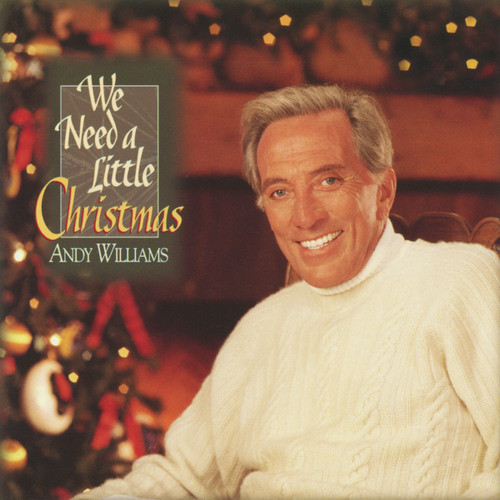
We Need a Little Christmas (1995): This album, Andy’s last original Christmas recordings, is a mixed bag. For “Mr. Christmas,” expectations are high. Early 60s singers faced challenges staying relevant in the 80s and 90s. Should they stick to orchestras, embrace new sounds, or find a middle ground? Johnny Mathis adapted to modern sounds in the 70s. Herb Alpert added hip-hop in the 90s. Jack Jones used smaller groups with inventive arrangements. Tony Bennett remained true to his style. While criticizing this album, it’s important to consider the context.
We Need a Little Christmas sounds dated to 1995, relying on programmed, synthetic sounds. The credits list 12 engineers but only 2 guitarists on 2 tracks. A “Groove Activator” was used. Ironically, the “fresh, new sounds” make it sound dated today. A real drummer is only on three tracks. Tracks were likely built digitally, with Andy adding vocals later in Branson, contributing to the canned feel. It lacks emotional depth. Andy chose the “lamest variant of adult contemporary music” of 1995. Released in June, its timing is questionable. Andy claimed “fresh, innovative arrangements,” feeling like he was “singing them for the very first time.”
[Provide to YouTube by Curb Records]
While there are lush strings, and Andy’s voice is strong for his age (67), the album is merely adequate background music for family gatherings. It sold well and went gold. It was his 42nd US album and last US release. While not a glorious end to his Christmas recordings, at 70, continued recording is commendable. Quality becomes a bonus at this stage; survival is the achievement.
It’s a Wonderful Christmas (1996) and Andy Williams Live – Christmas Treasures (2001): These albums are less conventional. It’s a Wonderful Christmas is an audiobook featuring Andy narrating The Greatest Gift, the story behind It’s a Wonderful Life, with “The Most Wonderful Time of the Year” as a bonus track. Its origins are unclear, but it is available on Audible.
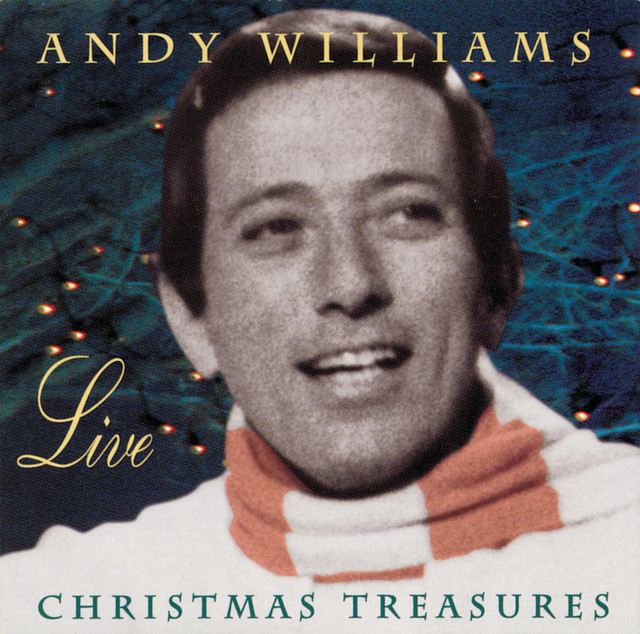
Christmas Treasures, produced by Andy and his son Bobby, compiles highlights from Andy’s Christmas specials licensed to Neon Tonic Records. While not a new studio album, it’s appealing. The Andy Williams Christmas specials are now part of many traditions, preserved on DVDs. This collection captures some of those performances. Tracks like “The Skater’s Waltz” and “You Meet the Nicest People” are standout moments from the specials, showcasing Williams’ vocal prowess.
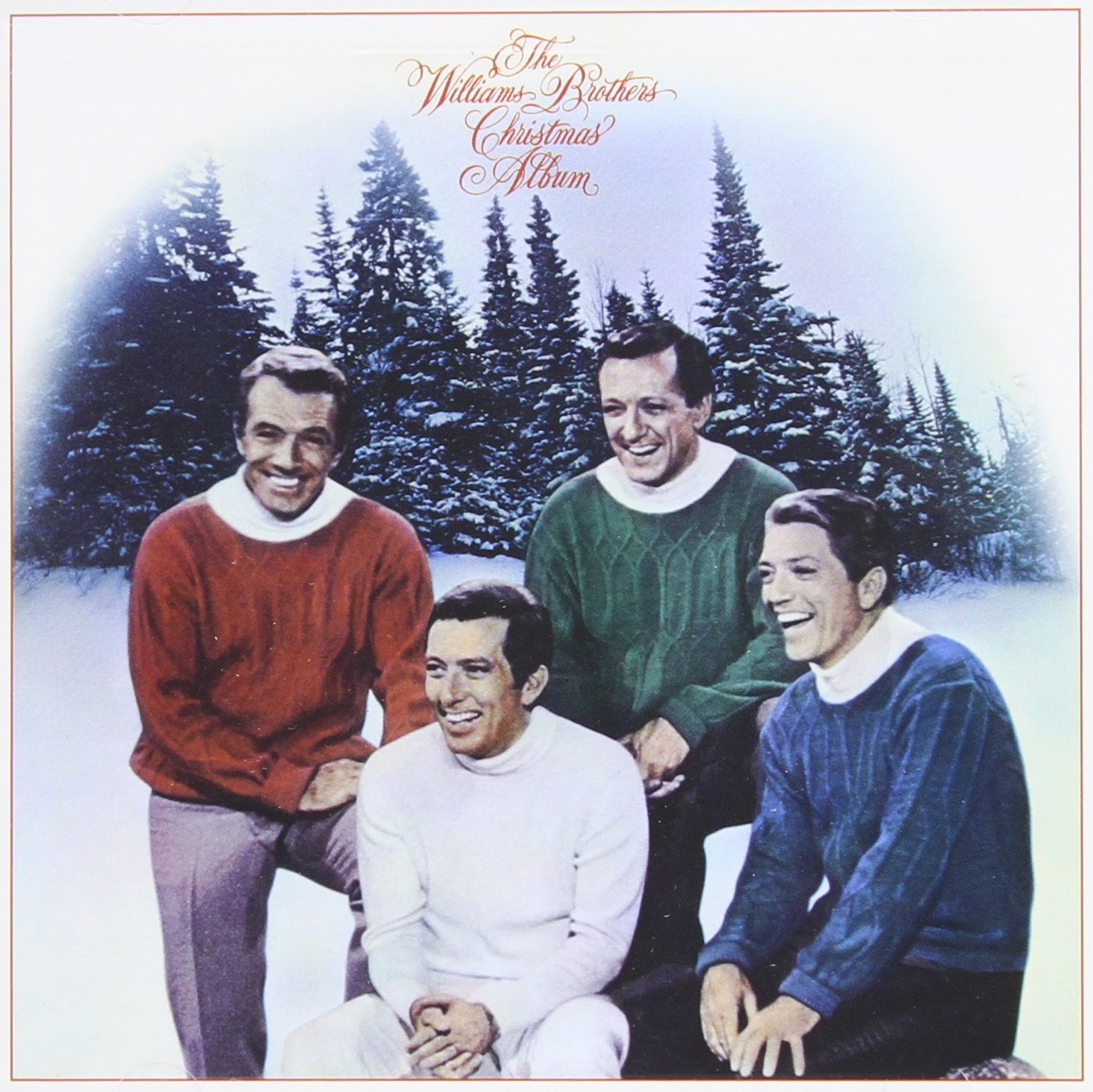
The Williams Brothers Christmas Album (1970): The Williams Brothers’ appearances on Andy’s Christmas specials were a major draw. This rare album, released on Andy’s Barnaby Records, is a gem. Barnaby Records was founded in 1963 by Andy, through which he managed his Cadence recordings and those of Lenny Welch, and released unreleased Everly Brothers tracks and fostered talents like Ray Stevens and Jimmy Buffett.
Family vocal blends are unique, and the Williams Brothers’ blend is exceptional, almost otherworldly. Their sound is remarkably clear and resonant, beyond the sum of four voices. It’s a striking, warm, and charming sound. Finding this album online was a treat. It complements the season and Andy’s catalog, showcasing the brothers’ harmonies reminiscent of their TV appearances.
They revisit “Kay Thompson’s Jingle Bells” and “The Holiday Season” and offer sentimental versions of “Have Yourself a Merry Little Christmas” and “I’ll Be Home for Christmas.” Their “Caroling, Caroling” medley highlights their signature blend on beloved carols. While not strictly an “Andy Williams” album, it’s essential to consider when discussing his Christmas music.
Comparing Andy Williams’ Christmas music to Bing Crosby’s reveals parallels. Crosby’s 40s recordings established his Christmas legacy, expanded upon by later releases. Similarly, Andy’s debut album is a classic, with later albums showing continued dedication, even if less impactful. Both artists maintained quality and commitment to the season in their later Christmas recordings.
The intangible comparison is warmth. Andy Williams sang Christmas songs with genuine love for the season, evident in his voice. Perry Como shared this warmth. Dean Martin’s Christmas albums are great for parties but less introspective. Sinatra’s perfection is different. Andy Williams’ warmth makes his music a perfect Christmas companion, embodying the season’s feeling. His Christmas specials, featuring his family, emphasized the importance of family at Christmas. Beyond the religious aspect and family, Andy Williams is an ideal companion for the Christmas season.
“One of the reasons that Christmas music, the traditional Christmas music lives on forever is it brings back memories to people about Christmases they’ve spent at home with their families. Christmases will always be traditional, I think. People wanna hear the traditional Christmas during that time. Because I think Christmas is a traditional time of the year. And let’s face it, it’s a religious time of the year, too. It’s not just all gifts and toys. There’s some solemnity to it and it’s a very nice, warm time of the year.”
– Andy Williams
- Irvin, Sam (2010). Kay Thompson: From Funny Face to Eloise. Simon & Schuster
- Branson Tri-Lakes News. https://www.bransontrilakesnews.com/entertainment/article_0468ecd0-3e4f-11ec-baa6-2fbab753e51a.html
- Lorne Greene. “Must Be Santa”/“One Solitary Life” (1966). RCA Victor
- Questar, Inc. (2001). The Best of the Andy Williams Christmas Shows.
Share this:
Like Loading…
